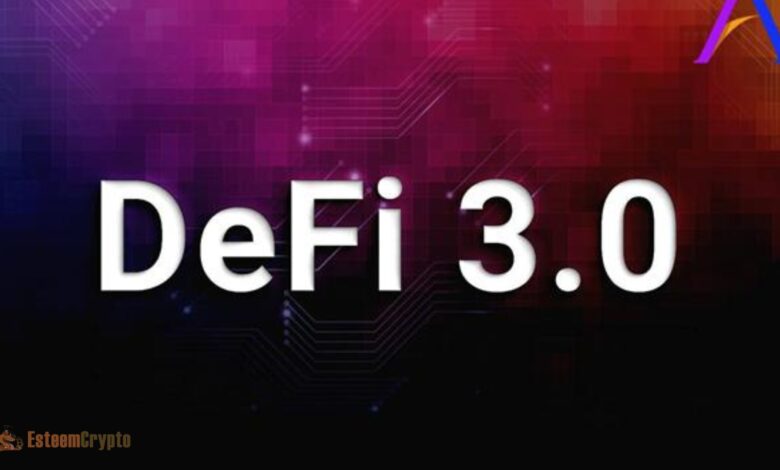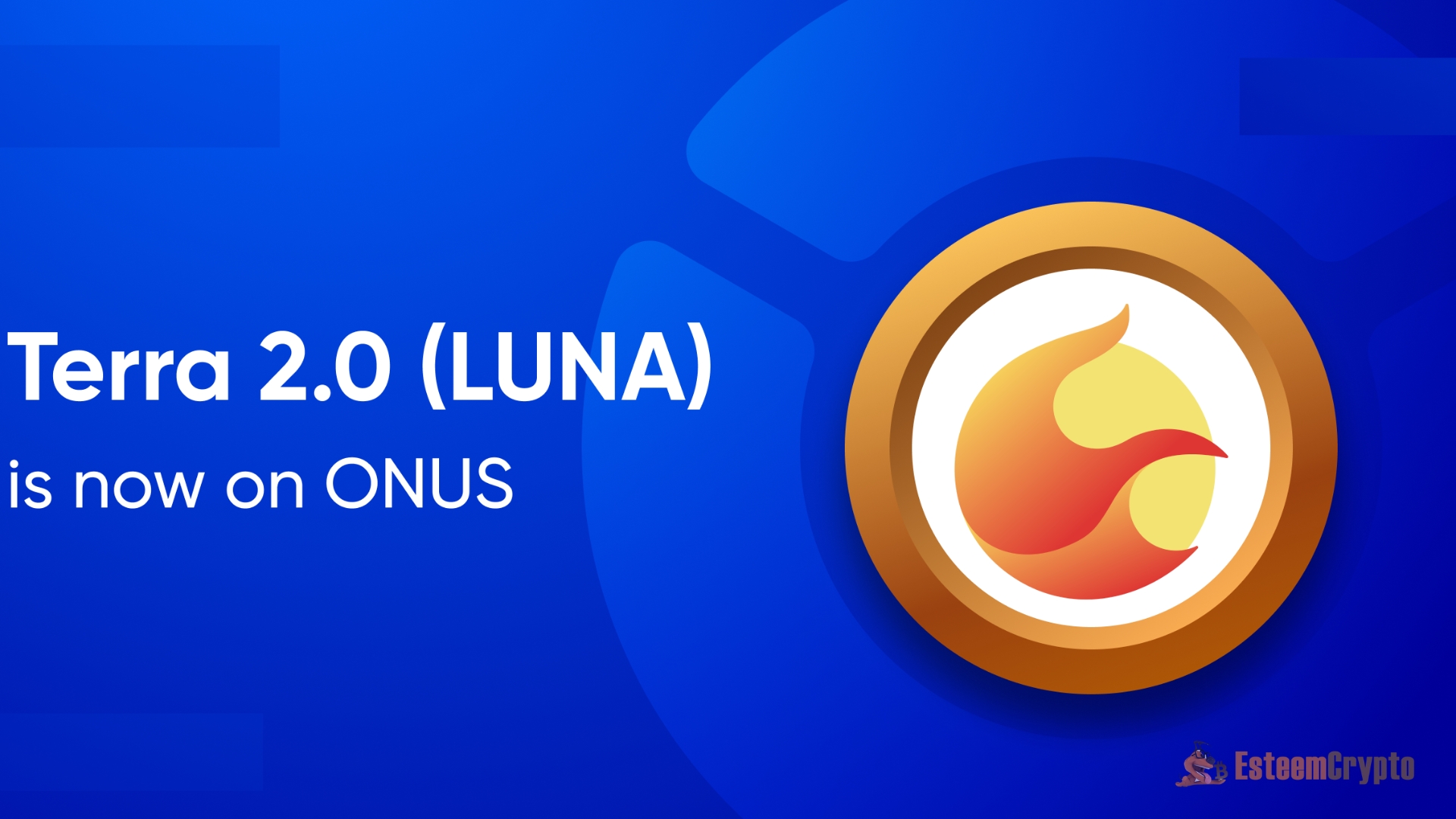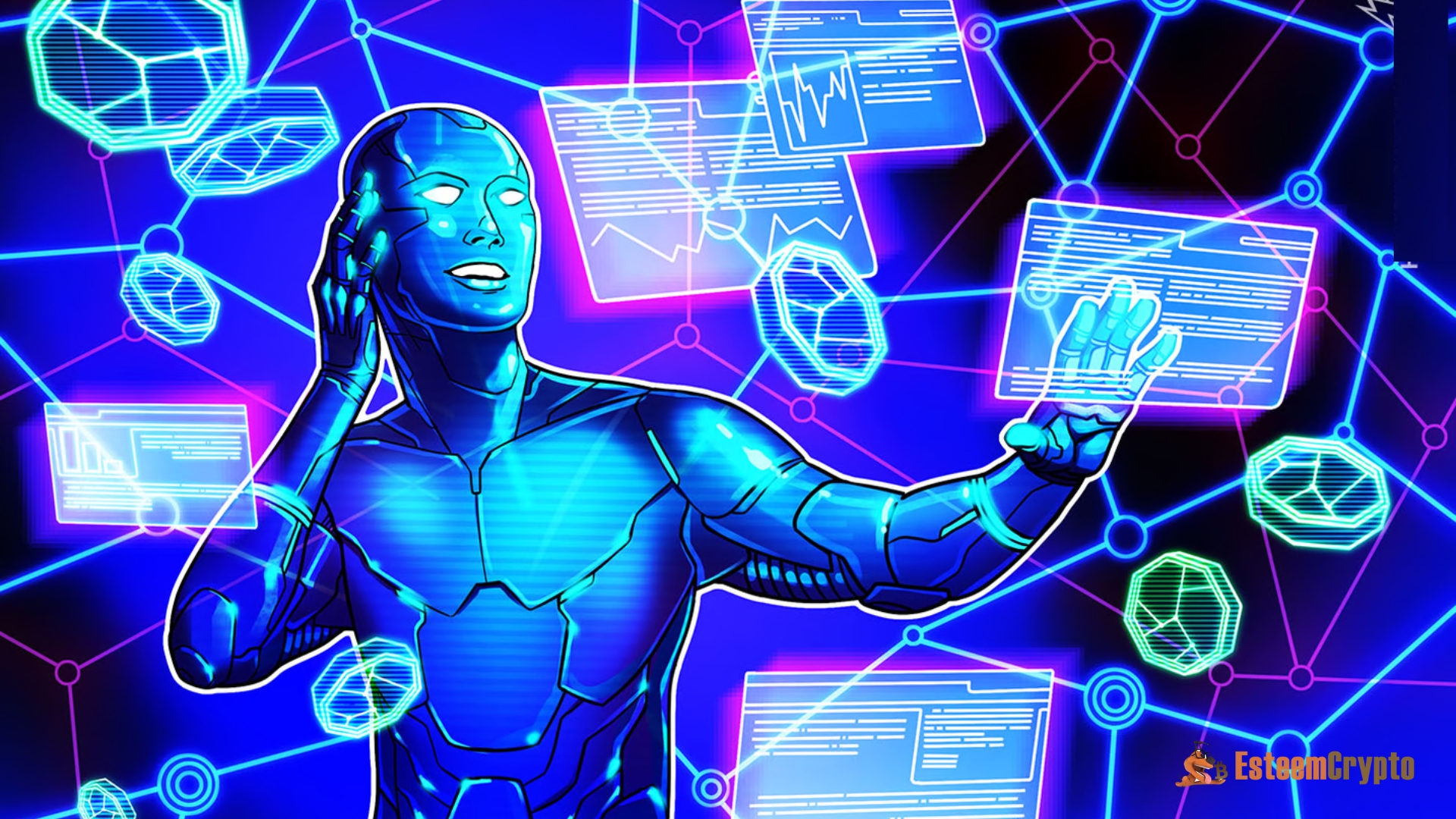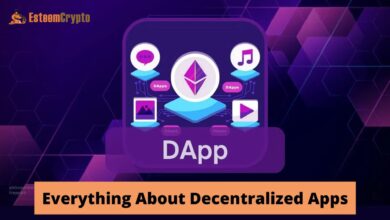DeFi 3.0: Decentralized Finance and New Coins

DeFi 3.0: Decentralized Finance (DeFi) has transformed the financial landscape, offering a decentralized, transparent, and permissionless alternative to traditional banking and finance. Since its inception, DeFi has undergone several evolutionary phases, each marked by innovation and the introduction of new concepts and technologies. As we enter the era of DeFi 3.0, the focus has shifted towards improving scalability, interoperability, and user experience while introducing novel financial instruments and governance models. This article explores the key features of DeFi 3.0, the challenges it seeks to address, and the emerging coins shaping the future of decentralized finance.
The Evolution of DeFi: From 1.0 to 3.0
DeFi 1.0 laid the foundation for decentralized finance by introducing smart contracts and decentralized applications (dApps) on blockchain platforms like Ethereum. These early projects focused on providing essential financial services, such as lending, borrowing, and trading, without intermediaries. Decentralized exchanges (DEXs) like Uniswap and lending platforms like Compound introduced a new economic paradigm.
DeFi 2.0 built upon these innovations by addressing some of the limitations of DeFi 1.0, such as high transaction fees and limited liquidity. This phase saw the rise of yield farming, liquidity mining, and the introduction of new protocols designed to enhance capital efficiency. DeFi 2.0 also introduced decentralized autonomous organizations (DAOs), which allowed for community-driven governance and decision-making within DeFi ecosystems.
As we transition to DeFi 3.0, we focus on scalability, interoperability, and sustainability. DeFi 3.0 aims to create a more inclusive and accessible financial system by leveraging Layer 2 solutions, cross-chain interoperability, and advanced governance models. This new phase also emphasizes the importance of user experience, with projects aiming to simplify the complex processes associated with DeFi, making it easier for both experienced users and newcomers to participate.
Key Features of DeFi 3.0
Scalability and Efficiency
One of the primary goals of DeFi 3.0 is to address the scalability issues that have plagued previous iterations of decentralized finance. Layer 2 solutions, such as rollups and sidechains, are being implemented to reduce transaction costs and increase throughput. These solutions allow for faster and cheaper transactions, making DeFi more accessible to a broader audience.
Cross-Chain Interoperability
DeFi 3.0 emphasizes the importance of cross-chain interoperability, enabling assets and data to move seamlessly across different blockchain networks. Projects like Polkadot, Cosmos, and Avalanche are leading the way in creating interoperable ecosystems, allowing users to access a wider range of assets and services without being confined to a single blockchain.
Advanced Governance Models
Governance is a critical aspect of DeFi, and DeFi 3.0 introduces more sophisticated governance models to ensure that protocols are governed in a decentralized and democratic manner. DAOs continue to play a central role, but new models are being explored to enhance decision-making processes and prevent governance attacks.
Sustainability and Security
With DeFi’s rapid growth, security has become a significant concern. DeFi 3.0 projects are placing a greater emphasis on security measures, including rigorous code audits, insurance protocols, and decentralized security networks. Additionally, sustainability is a key focus, with projects exploring ways to reduce the environmental impact of blockchain networks and create long-term viable ecosystems.
User Experience and Inclusivity
DeFi 3.0 aims to improve the user experience by simplifying interfaces, reducing friction, and offering more intuitive products. This phase also seeks to make DeFi more inclusive by targeting underserved markets and developing products that cater to a diverse range of users, including those in developing countries.
Emerging DeFi 3.0 Coins
As DeFi 3.0 gains momentum, several new coins and tokens emerge as key players in this evolving landscape. These coins are designed to address the challenges of previous DeFi iterations while introducing innovative features that align with the goals of DeFi 3.0.
Luna (Terra 2.0)
Terra’s collapse was one of the most notable events in DeFi history, but its rebirth as Terra 2.0 has positioned it as a potential leader in DeFi 3.0. Terra 2.0 focuses on providing stable, algorithmically balanced coins that can be used across multiple chains. Luna, the native token, plays a central role in this ecosystem, offering staking rewards, governance capabilities, and more.
Polygon (MATIC)
Polygon has established itself as a leading Layer 2 solution, providing scalability and low-cost transactions on the Ethereum network. As DeFi 3.0 emphasizes cross-chain interoperability, Polygon’s MATIC token is gaining traction as a critical asset for interacting with multiple blockchain networks. Polygon’s ecosystem supports a wide range of DeFi applications, making it a key player in the DeFi 3.0 space.
Avalanche (AVAX)
Avalanche is a high-performance blockchain that prioritizes scalability, interoperability, and security. AVAX, the native token, is used for transaction fees, staking, and governance. Avalanche’s unique consensus mechanism and support for custom blockchain networks (subnets) make it a strong contender in the DeFi 3.0 landscape.
Polkadot (DOT)
Polkadot is a multi-chain network that enables different blockchains to interoperate and share information securely. DOT, the native token, is used for governance, staking, and bonding on the network. Polkadot’s ability to connect disparate blockchain networks aligns with the cross-chain interoperability goals of DeFi 3.0, making DOT a crucial asset in this new phase.
Cosmos (ATOM)
Cosmos is another key player in the push for cross-chain interoperability. Its native token, ATOM, secures the network and participates in governance. Cosmos’s Inter-Blockchain Communication (IBC) protocol facilitates seamless communication between blockchains, positioning ATOM as a vital asset in the DeFi 3.0 ecosystem.
Chainlink (LINK)
Chainlink has been a cornerstone of DeFi since its inception, providing decentralized oracles that enable smart contracts to interact with real-world data. As DeFi 3.0 introduces more complex and interconnected financial products, Chainlink’s role is becoming even more critical. LINK, the native token, is used to pay for services within the Chainlink network, making it an essential component of DeFi 3.0.
Challenges and the Future of DeFi 3.0
While DeFi 3.0 represents a significant advancement in decentralized finance, it has challenges. Security remains a top concern, as the increasing complexity of DeFi protocols can introduce new vulnerabilities. Additionally, regulatory scrutiny will likely intensify as DeFi grows, posing potential industry development risks.
Despite these challenges, the future of DeFi 3.0 looks promising. With a focus on scalability, interoperability, and user experience, DeFi 3.0 is poised to bring decentralized finance to a broader audience, driving further innovation and adoption. However, The emerging coins and tokens discussed in this article are just a few examples of how the DeFi ecosystem evolves. We expect to see even more groundbreaking projects and technologies emerge as the industry matures.
Conclusion
DeFi 3.0 marks a new era in decentralized finance, characterized by increased scalability, cross-chain interoperability, advanced governance models, and improved user experience. As the DeFi landscape continues to evolve, new coins and tokens are emerging as key players in this space, each contributing to the ongoing transformation of the financial industry. While challenges remain, the innovations introduced in DeFi 3.0 have the potential to create a more inclusive, secure, and sustainable economic system for the future.




